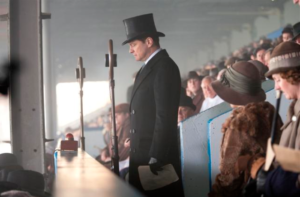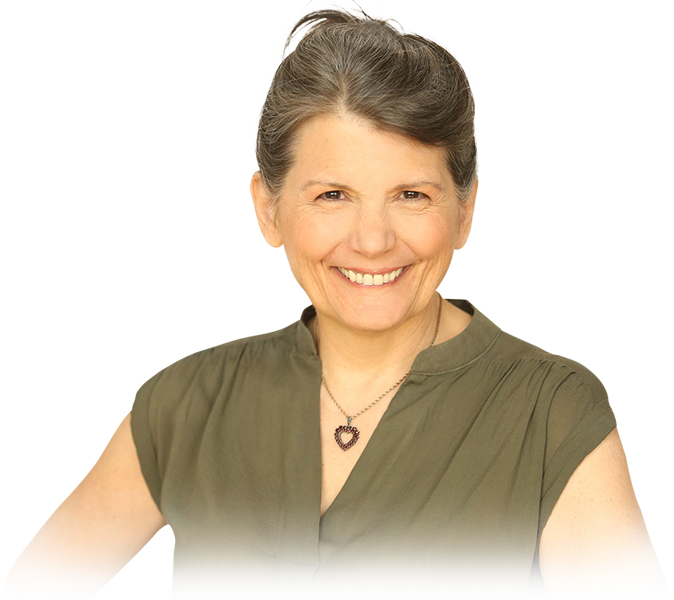 When it came time for the 2011 Academy Awards, along with half the estrogen-laden carbon units on the planet I was voting for Colin Firth… and Geoffrey Rush, of course, because I intend to talk about acting rather than raw sexiness. Really, I do.
When it came time for the 2011 Academy Awards, along with half the estrogen-laden carbon units on the planet I was voting for Colin Firth… and Geoffrey Rush, of course, because I intend to talk about acting rather than raw sexiness. Really, I do.
The King’s Speech is one fine example of what happens when a boatload of really able people are lucky enough to be thrown into the same room with each other. They did such a good job of convincing me, that I’m sure Colin Firth will still be stammering in his next movie. I did notice that Derek Jacobi finally lost his stutter. For years, I was sure that was him and not the role he was playing!
Which leads me to think about actors, musicians, dancers, athletes and other performers in general. They are mightily challenged to be at the top of their art or their game when they’re working, and to go back to being who they are when they are finished working.
This was Moshe Feldenkrais’s admonition to all performers:
Be what you need to be and do what you need to do while you create your art.
The same thing applies to the rest of us: In whatever it is in your life that requires you to take on a configuration that may be less than ideal, and then…
When you’re finished, let it go and be yourself!
Letting go of it…

Sometimes, it’s not so easy to let go of the thing we’ve put on. A simple example of this from my own practice is the violinist who arrived for her lesson, parked her car outside my house, locked her violin in the trunk, and then walked into my house carrying an imaginary violin between her shoulder and her chin!
Examples in my own daily life are everywhere… I find myself changing my posture only when I remember that I finished clearing out the dishwasher 5 minutes ago… or talking loudly enough to overcome the hood fan in the kitchen, even after someone turns it off… or finally breathing normally after darting into the aisle with cleaning products at the grocery store.
Our challenge as practitioners is the other side of the coin, though: it’s to be ourselves while we are working, because who we are is what attracts our clients to us. Believing that is hard enough — understanding what to do with it so that we remain authentic and stay in our integrity at the same time we promote our business seems to be nearly impossible for the majority of practitioners.
What does it take to be yourself? And why bother?

Most of us say we want that, and to do it, we need to know who we are. Indeed, with our overwhelming focus on awareness and its role in the benefits that come from our work, it’s clear that “know thyself” is a foundational principle of the Feldenkrais® Method, which is the modality I trained in. However, it strikes me that for most practitioners, this principle lands close to home.If you don’t feel you can be yourself, what’s the point in knowing yourself? In fact, knowing yourself without feeling the freedom to be yourself may actually be painful, especially when it comes to our role as hands-on practitioners. When we don’t feel the freedom to be who we are, we never come across as completely genuine, and our clients can always sense some misalignment between what we say and how we present ourselves.
We all need role models, and most of us actively search them out. I can’t tell you how many times I’ve been teaching in a Feldenkrais training program, and heard from someone “Wow, I just realized that I could actually be a Feldenkrais practitioner like you! What a relief! I’ve been worried, because there’s no way I can be a practitioner like my E.D.”
On the one hand, this is gratifying.
On the other hand, I know that every one of us needs to find our own way of being a practitioner of whatever modality we call “ours.” Just as in my training, I was told repeatedly that I needed to develop my own handwriting — and while it was possible to imitate different ways of being a practitioner for a while, eventually it’s necessary for every one of us to find our own authenticity in our work — or our clients will not be able to find us.
Think about it in relation to your own practice:
- Who are you trying to be when you work?
- Who do you think you should be when you try to get clients?
- Are you emulating a favorite trainer – or perhaps the 1st person who gave you session or introduced you to your work?
- What things about yourself do you try to hide when you work with another person?
- What things do you do that feel like they’re not really you?
- On a scale of 1-10, how authentic do you feel, when you work with your clients?
- What do you do that works and rates that number?
- If the number isn’t 10, what would it take to get there?
It’s impossible to recreate the success of another person whose story and entire persona are different from your own, even if your skill set is roughly the same. Ultimately, in order to become an authentic practitioner, you have to acknowledge and build on your own natural strengths and talents and unique life story.
We have infinite possibilities…
One of the most wondrous things about hands-on work is the infinite variety of ways it can be expressed, through the infinite variety of the people who practice it in all its varied forms.
I know that the authentic practitioner you are is exactly the right practitioner for the people who are looking for you.
Bringing that practitioner into the spotlight is likely the most important work you can do to get the practice you want!
Discover what your strengths might be
One step you can take is to discover what your inborn strengths might be. It will help you to become visible to your clients in an easier, more natural way. Click here to take my free course that will give you a glimpse of what makes you unique and valuable to your clients, and will help you deal with change in the way that’s easiest for you.
~~~~~
I love to bring new perspectives to the challenge of getting clients and creating the practice you want! If you want free help on a regular basis, make sure you subscribe here:

